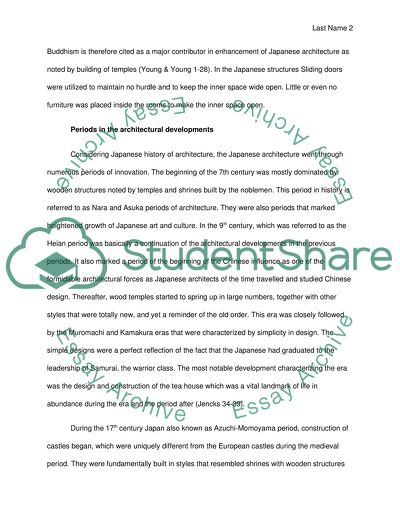Cite this document
(“History of Architecture Research Paper Example | Topics and Well Written Essays - 2500 words”, n.d.)
History of Architecture Research Paper Example | Topics and Well Written Essays - 2500 words. Retrieved from https://studentshare.org/miscellaneous/1589460-history-of-architecture
History of Architecture Research Paper Example | Topics and Well Written Essays - 2500 words. Retrieved from https://studentshare.org/miscellaneous/1589460-history-of-architecture
(History of Architecture Research Paper Example | Topics and Well Written Essays - 2500 Words)
History of Architecture Research Paper Example | Topics and Well Written Essays - 2500 Words. https://studentshare.org/miscellaneous/1589460-history-of-architecture.
History of Architecture Research Paper Example | Topics and Well Written Essays - 2500 Words. https://studentshare.org/miscellaneous/1589460-history-of-architecture.
“History of Architecture Research Paper Example | Topics and Well Written Essays - 2500 Words”, n.d. https://studentshare.org/miscellaneous/1589460-history-of-architecture.


